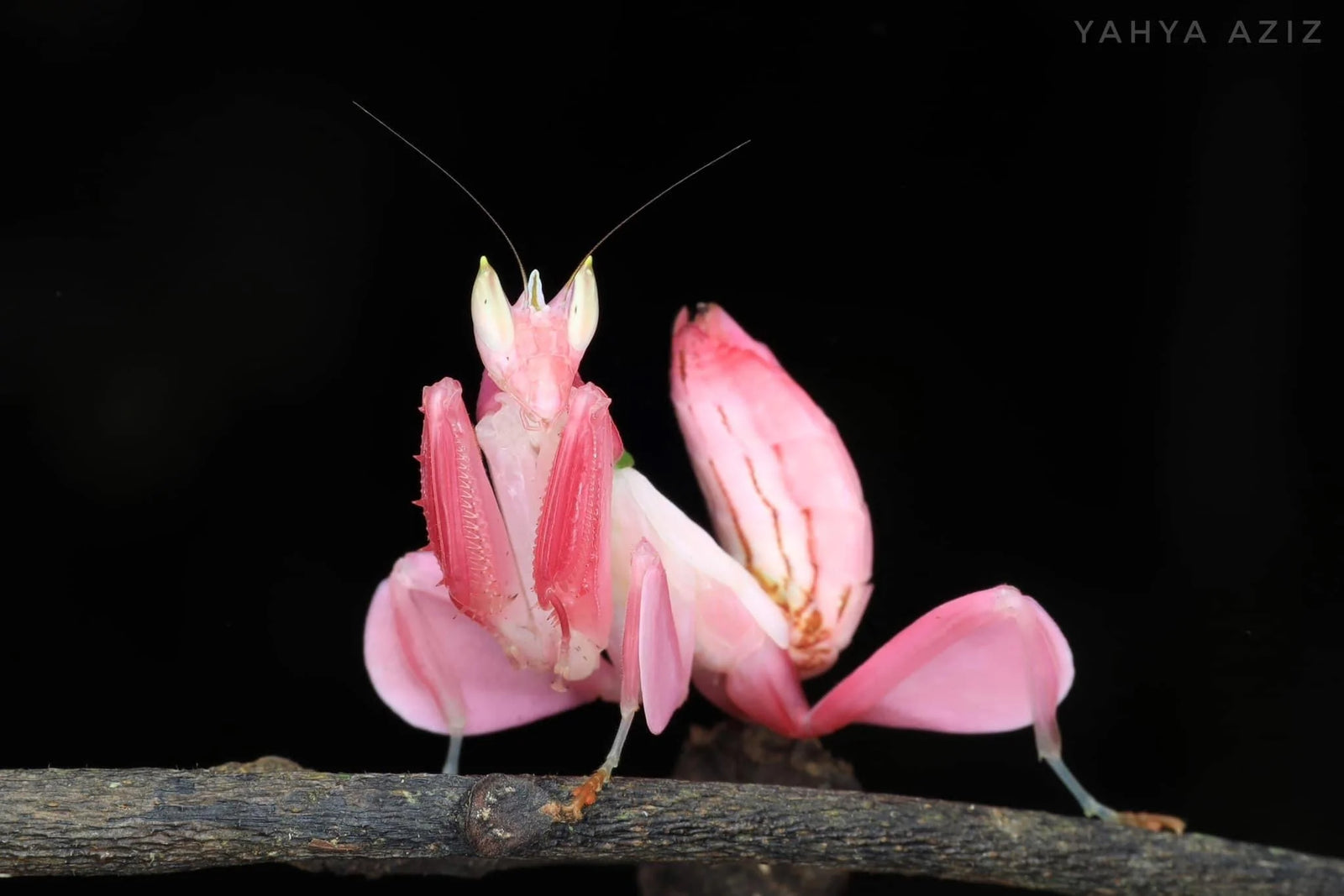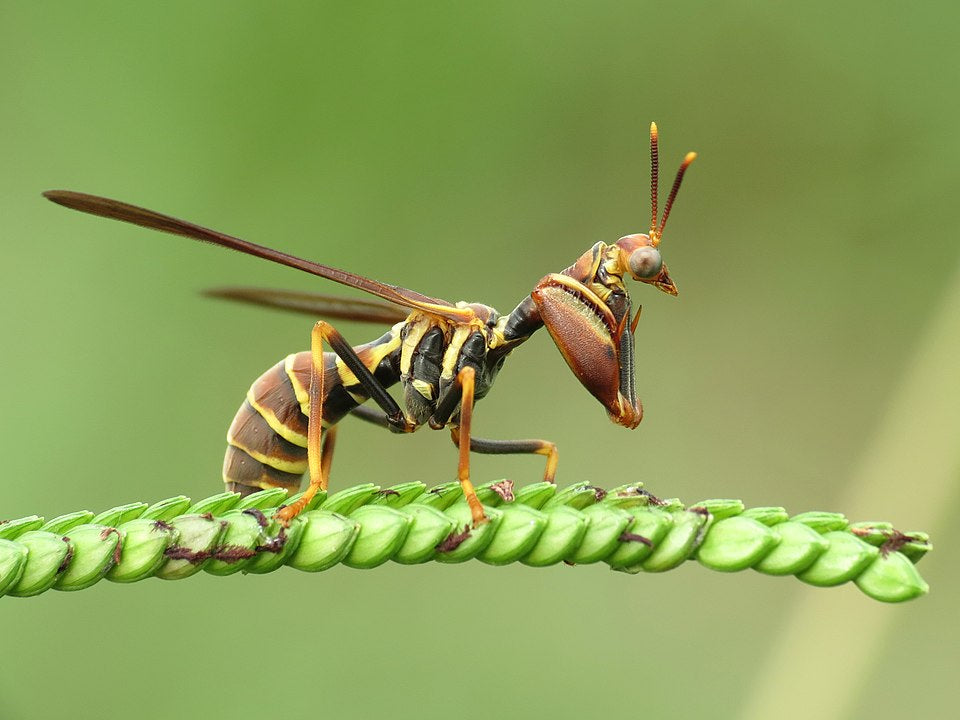Menu
-
- Home
- Contact
- Search
-
Shop
- Live Feeder Insects
-
Supplies
- Habitats
- Feeders
- Feeders and Microfauna Breeding Supplies
- Bioactive Kits
- Bioactive Supplies
- Containers
- Insect Culture Cups
- Insect Culturing Cups and Lids
- Classroom Projects
- Live Air Plants bioactive
- Substrates
- Lighting and Heating
- Cages, Habitats, Bug Boxes, Vivariums, Insectariums
- Bark
- Shipping supplies, Heat packs, cold packs, containers
- Bio-Active
- Plants
- Mantis Gallery
- Usmantis Reviews
- Praying Mantis
- Mantis
- Praying Mantis eggs ootheca for pest control
- BioActive Supplies
- Beneficial Insects
- Help Videos
- Top 5 Praying mantis as pets,
- Blog
-
Shop By Family
- Praying Mantis
- Care Sheets
- Track Order
- Live Feeder Insects
- Wholesale prices for bulk orders
- FAQ
- Galleries of Mantis Videos
-
- Home
- Search
- About us
- Shipping
- Refund Policy
- Track Orders
- Contact us
- Blog
- Beneficial Insects
- Sitemap
- Reviews
-
Film production resources
- Wholesale
- FAQ
- Login
-
English

Identifying Domestic species
July 19, 2024 2 min read
In Indiana, there are primarily* two mantis species: the native Carolina mantis (Stagmomantis carolina) and the exotic Chinese mantis (Tenodera sinensis).
 Chinese mantises were accidentally introduced to America in 1896 through the nursery trade in Philadelphia and have subsequently been purposely released for pest control and purchased for education and even as pets.
Chinese mantises were accidentally introduced to America in 1896 through the nursery trade in Philadelphia and have subsequently been purposely released for pest control and purchased for education and even as pets.
Both species of mantis are predatory and opportunistic hunters, lying in wait for their prey. Both typically eat insects, spiders, isopods, and other terrestrial Arthropoda creatures, but the larger, more powerful Chinese mantises have been documented killing frogs, lizards, salamanders, shrews, mice, small turtles, bats, and even hummingbirds by stalking flowers and nectar feeders.
Chinese mantises are now naturalized in Indiana. Although not officially classified as invasive, their presence in our ecosystem is impacting native insects, many of whom are in decline, including native bees, butterflies (including monarchs), and moths.
For those attempting to control exotic Chinese mantises on your property, proper identification is the first step. Our native Carolina mantises have evolved here along with the animals that they prey upon, and therefore, this species should be encouraged. For those willing, adult** Chinese mantises can be killed or frozen and fed to native birds in the winter. Another method of control is to correctly identify, locate, and then destroy the oothecae (egg cases) of the Chinese mantises between the late fall and early spring. Most oothecae hold approximately 200 young, making egg case removal and destruction a productive, though pinpointed method of management within a given area.
The goal of exotic species management is to increase native diversity and is a personal decision that must include research and education. We at Indiana Nature LLC understand that not everyone will subscribe to the reduction methods identified for Chinese mantises. However, we believe in the importance of education regarding their origin and impact on our ecosystem.
*The European mantis (Mantis religiosa) can be found in the Midwest, but far less commonly. It is not featured in this infographic.
**During the nymph stage of mantis development, it is more difficult to differentiate the Carolina from the Chinese mantis.
Website: www.indiananature.net

Both species of mantis are predatory and opportunistic hunters, lying in wait for their prey. Both typically eat insects, spiders, isopods, and other terrestrial Arthropoda creatures, but the larger, more powerful Chinese mantises have been documented killing frogs, lizards, salamanders, shrews, mice, small turtles, bats, and even hummingbirds by stalking flowers and nectar feeders.
Chinese mantises are now naturalized in Indiana. Although not officially classified as invasive, their presence in our ecosystem is impacting native insects, many of whom are in decline, including native bees, butterflies (including monarchs), and moths.
For those attempting to control exotic Chinese mantises on your property, proper identification is the first step. Our native Carolina mantises have evolved here along with the animals that they prey upon, and therefore, this species should be encouraged. For those willing, adult** Chinese mantises can be killed or frozen and fed to native birds in the winter. Another method of control is to correctly identify, locate, and then destroy the oothecae (egg cases) of the Chinese mantises between the late fall and early spring. Most oothecae hold approximately 200 young, making egg case removal and destruction a productive, though pinpointed method of management within a given area.
The goal of exotic species management is to increase native diversity and is a personal decision that must include research and education. We at Indiana Nature LLC understand that not everyone will subscribe to the reduction methods identified for Chinese mantises. However, we believe in the importance of education regarding their origin and impact on our ecosystem.
*The European mantis (Mantis religiosa) can be found in the Midwest, but far less commonly. It is not featured in this infographic.
**During the nymph stage of mantis development, it is more difficult to differentiate the Carolina from the Chinese mantis.
Website: www.indiananature.net
Leave a comment
Comments will be approved before showing up.
Also in Praying Mantis News! Join the conversation.

orchid mantis evolutionary research
June 06, 2025 2 min read
The orchid mantis (Hymenopus coronatus) transitions from black-and-red to pink-white coloration during development, a shift driven by the Redboy pigment transporter. This transition serves different ecological functions: red coloration helps hatchlings mimic stink bugs for predator avoidance, while the pink-white coloration of older nymphs provides floral camouflage for both predator avoidance and prey attraction. The Redboy transporter, upregulated by ecdysone, facilitates this shift by exporting red pigments in early stages and importing white pigments in later stages.
Evolutionary Basis:
Redboy's Role:
The Redboy transporter, a novel ABCG transporter, arose by gene family expansion and positive selection, specifically to handle the transition from red to white coloration, according to research on Nature.
Hormonal Regulation:
The hormone ecdysone regulates Redboy, ensuring the pigment transition happens at the appropriate developmental stage, according to research on ResearchGate.
Genetic Adaptation:
The evolutionary changes in Redboy have allowed orchid mantises to adapt their body color to different life stages and ecological niches.
Ecological Functions:
Aposematic Mimicry (Hatchlings):
The initial black-and-red coloration serves as a warning signal, mimicking the appearance of stink bugs, which are known to be distasteful or toxic to predators.
Camouflage (Older Nymphs):
The pink-white coloration provides floral camouflage, helping the mantis blend in with flowers and avoid detection by predators.
Prey Attraction:
The flower-like appearance also attracts unsuspecting prey, such as small insects, to their location, enhancing the mantis's hunting success.
In summary, the orchid mantis's body color transition is a fascinating example of ontogenetic camouflage and adaptive evolution, where the color changes throughout the mantis's life serve distinct ecological roles in where the color changes throughout the mantis's life serve distinct ecological roles in predator avoidance and prey attraction.
Read More

Mantis fly Mantispidae, very special insect
October 15, 2024 3 min read
Mantispidae, they don’t sting! 

Recent Articles
-
orchid mantis evolutionary research
June 06, 2025
-
New Yorker article 1955 Mantis Man
March 09, 2025
-
Mantis fly Mantispidae, very special insect
October 15, 2024
-
Do insects have feelings? Love or Hate? What’s your opinion
September 09, 2024
-
How Praying Mantises Hear: One ear
July 19, 2024
-
Identifying Domestic species
July 19, 2024
-
Invasive claims and irresponsible advice
April 13, 2024
-
Is it time for insect researchers to consider their subjects’ welfare?
April 08, 2024
-
My Awesome Summer by P. Mantis Children’s book
April 07, 2024
-
Toxodera
April 06, 2024
Categories
- animal husbandry
- best feeders
- best mantis for pest control
- breeding praying mantis
- buy praying mantis
- Cannabis
- crickets
- discussion
- dormitory pet
- Drosophila
- education
- egg
- entomology
- fertility
- flightless fruit flies
- Flower mantis
- Friendly Bugs For Cannabis
- fruit fly culture
- geometric morphometrics
- Ghost mantis
- happy experience with pets
- Hydei
- Hymenopodidae
- Hymenopus coronatus
- invasive
- keeping insects alive
- Lucky mantis
- Major League baseball Perez Kisses Lucky Mantis!
- make money
- mantis for dummies
- mantis ooth
- Mantodea
- melanogaster
- mimicry
- mismolt
- new species
- ooth
- ooth care
- ootheca
- P paradoxa
- pest
- Pest control
- pet nutrition
- praying mantis
- praying mantis care
- praying mantis for sale
- reptile feeders
- School project
- scientific research
- Sexing praying mantis
- Shipping
- signalling
- stem
- stenophylla
- Store news
- stress from shipping
- usmantis
- we buy mantis
Menu Title
This section doesn’t currently include any content. Add content to this section using the sidebar.
Subscribe
Sign up to get the latest on sales, new releases and more …
Invalid Password
Enter